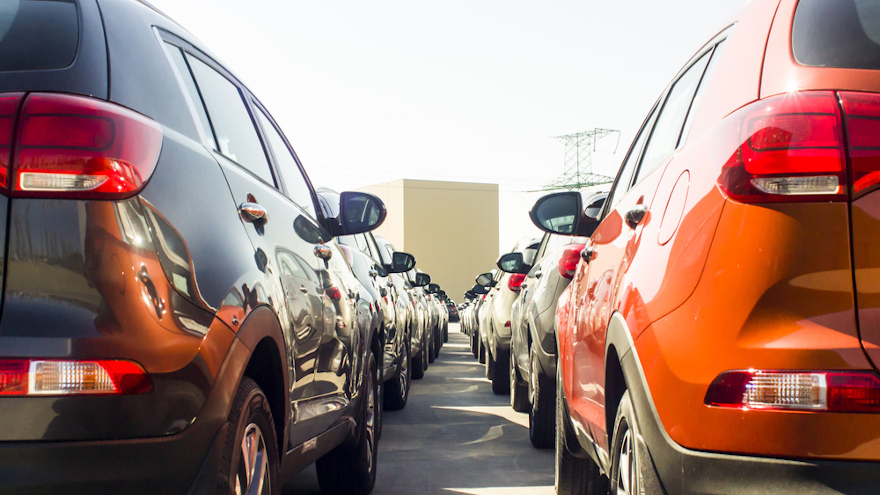Consumers might intend to buy new, but reality pushes them to used-car market

The difference between the price of a new car during the third quarter and that of a used car is enough money to … well … buy a car.
Enough, at least, to purchase an older pre-owned vehicle.
According to an analysis by Edmunds director of insights Ivan Drury, the gap between average new- and used-car prices eclipsed $20,000 for the first time since Edmunds began tracking the data in January 2004.
Specifically, new vehicles sold for an average of $47,542 during Q3, which is $20,365 higher than the average price buyers paid for used cars ($27,177), according to the Edmunds data.
While average discounts on new cars climbed from $828 a year ago to $1,744 in Q3, turn times on new cars (57 days) were the highest they have been in more than three years, Drury said.
“With inconsistent discounts on new inventory, consumers with fond memories of deeper discounts and widespread financing deals from their pre-COVID era new-vehicle purchases are likely to shy away from that market this time around and instead opt for a used car lot with more significant savings to be found,” he said.
The gap between used- and new-car prices isn’t the only one worth noting — so, too, is the gap between wants and realities.
Half of car shoppers would rather go for a new car and one in seven new-car shoppers targets a spending limit of $20,000 — suggesting that some consumers may have unrealistic expectations, Edmunds said.
Drury cites the company’s “Car Shopper Expectations vs. Market Realties” report, which indicates that 49.8% of shoppers prefer new, 26.4% said used and 23.8% indicate their choice “depends on the price/deal.”
“While this data reflects consumer intentions, real-world transaction data from Edmunds shows that even with the best of plans, many who say they prefer a new vehicle or are open to both options depending on the deal are likely to end up with a used car unless they adjust their expectations,” Drury said.
“At a minimum, 14% of ‘New vehicle’ respondents and 38% of ‘Depends on the price/deal’ respondents will end up with a used vehicle as there are no new vehicles within the $20,000-or-less tier that these respondents said they would be shopping,” he said.
Looking forward, with new-car prices likely to continue climbing, “more shoppers who initially intended to buy new will turn to the used market,” Drury said.
“However, they still may end up paying more than expected for a newer used vehicle or settling for an older set of wheels.”


